Editors’ Picks




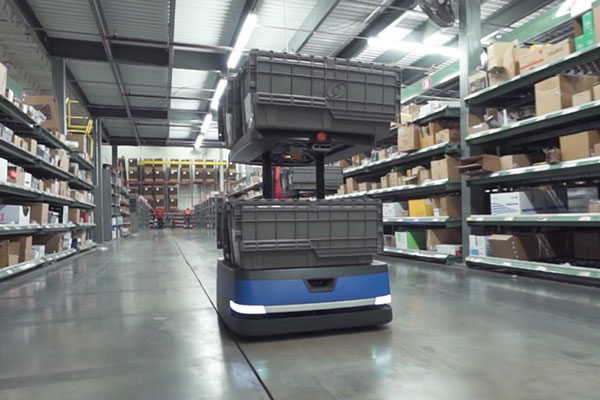
Getting orders to customers quickly, accurately and at a competitive price attracts customers to omni-channel retailers like Office Depot. As one of the biggest providers of office supplies in the U.S. market, Office Depot ships about 600,000 packages each day to customers across the United States in what involves a mix of e-commerce, retail and business-to-business (B2B) orders. Fulfilling orders on that scale, however, can be a labor intensive, physically demanding job without technology solutions to help lessen the amount of walking and other physical tasks. With demand shifting across e-commerce, B2B and retail, Office Depot is fulfilling more customer…
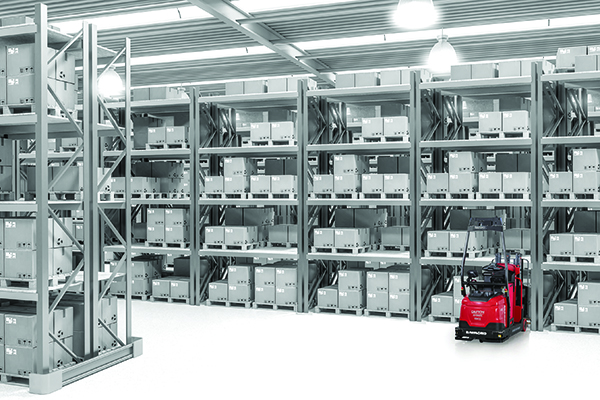
Plenty of lift truck technologies are in play—so many that it can be daunting to pick the winners. Just a few include autonomous lift trucks, telematics and fleet software, virtual reality (VR) software, and digital cameras that integrate with truck forks. One thing all these technologies have in common is the ability to improve labor efficiency. As a result, one can assess value by how much efficiency a technology can bring to an operation relative to its cost. Think of it as a sliding scale for lift truck technologies. Few distribution centers are ready to acquire an entire fleet of…
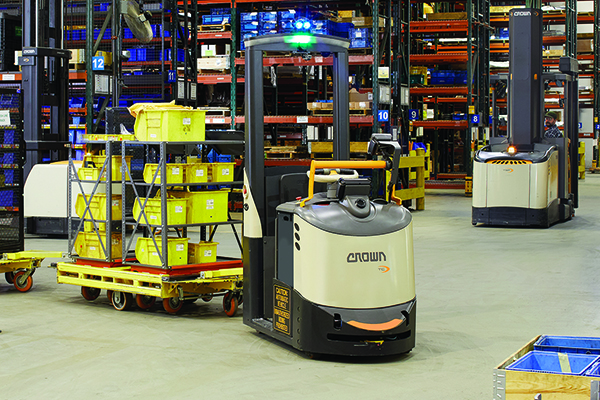
The rapid advance of technology has changed up the way business acquires everything from enterprise software to autonomous mobile robots (AMRs), with more products offered “as a service” rather than through capital purchase or traditional lease. Now that some lift trucks are smart, robotic assets, is lift truck leasing going to morph into a robotics-as-a-service (RaaS) arrangement? The short answer, say lift truck providers, is not overnight. Robotics adds predictability, and associated Cloud for lift truck fleets is already typically subscription-based, but it will take time for RaaS models to mature. One reason, says John Rosenberger, director of global telematics…
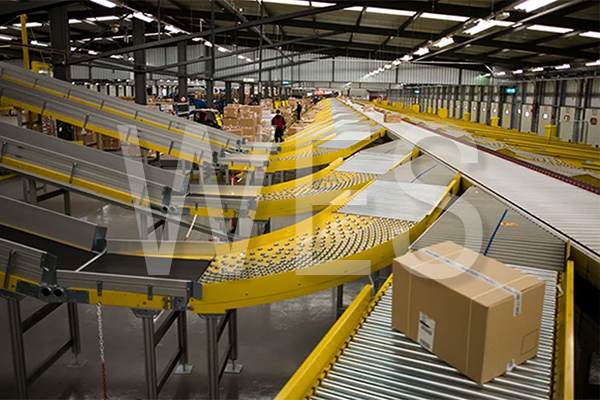
Warehouse Execution Systems Warehouse execution system software (WES) grew out of the need for automated distribution centers to throttle the release of order fulfillment through automation in a way that met customer delivery windows while keeping utilization high and steady. The first WES suppliers got a foothold in Distribution Centers (DCs) that were installing high-end, fixed automation like sortation systems. These operations needed a nimbler way of releasing work to the floor versus the “waves” of work that most warehouse management system solutions of the time batched together for processing. Today, that core purpose for WES still remains, but the…

Extraordinary times—and a need for proven measures—may be what propels robotics to the next level in warehouse and distribution center (DC) operations. Not that robotics has been slow to catch on in warehousing. According to analyst firm ABI Research, the global mobile robotics market will reach $23 billion this year. In a 2020 survey by Peerless Research as part of our annual “Industry Outlook” study, 9% surveyed told us they were already using robotics, and 19% were considering them. But can robotics for intralogistics keep growing quickly, given the disruption from the COVID-19 pandemic? Unemployment has skyrocketed. Some manufacturers temporarily…

In some ways, 2020’s “Annual Warehouse and Distribution Center (DC) Equipment Survey” points to a bit of a plateau in spending on equipment and systems. However, that plateau comes after years of healthy investments in DCs. Budgets aren’t skyrocketing, but respondents are well aware of the need to continue to invest to be able to address pressures like tighter cycle times and a scarce labor pool. With many smaller companies in the respondent mix, investment in traditional equipment remains strong, even though there are positives in the survey for newer technologies like robotics. Norm Saenz, managing director with St. Onge,…
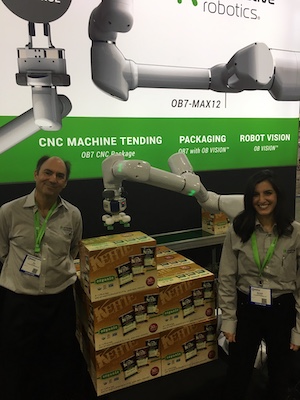
Cobot provider Productive Robotics (Booth 6685) highlighted its American-made OB7 collaborative robots or “cobots” as a means of easily creating safe, efficient automated processes. At the booth, uses that can be seen include the OB7 CNC machine tending on a mill, an application enabled by Productive Robotics’ OB7 CNC Package. The package comes equipped with a 7-axis collaborative robot arm as well as all the necessary accessories needed to connect to any type of CNC mill, lathe, or other CNC machine. Another application being shown is OB7’s standard 5 kg model loading and unloading parts in and out of a…
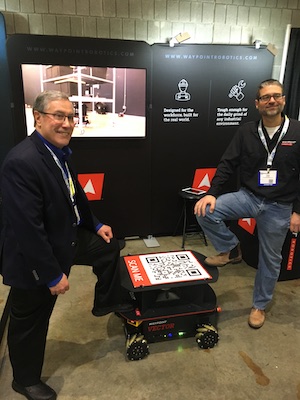
At a joint press conference at Waypoint Robotics’ booth (Booth 9600), executives with Way-point and Numina detailed how they teamed up to create an automated batch order picking solution based on Waypoint’s autonomous mobile robot (AMR) and Numina’s voice-directed picking and Real-time Distribution Software (RDS) solution. The RDS software’s Batch Bot Voice Picking Application integrates with Waypoint’s Vector AMR and “Kingpin” attachment module to enable an efficient zone batch-picking application that combines mobile robots with voice. The robots autonomously perform the needed materials transport, while the RDS software coordinates the Way-point AMRs and order picking activity to eliminate wasted operator…

The march of e-commerce now has Amazon advertising two-hour food deliveries in select cities. In this environment, more shippers face pressure to deliver goods at a faster pace, all while keeping costs under control. To cope, many organizations are pinning their hopes on emerging technologies such as artificial intelligence, autonomous mobile robots (AMRs), blockchain and the Internet of Things (IoT). But when will these “emerging” technologies form practical applications that solve logistics pain points? To find out how these emerging technologies are evolving into logistics relevance, we talked to top consultants and analysts. We found that AI is already being…
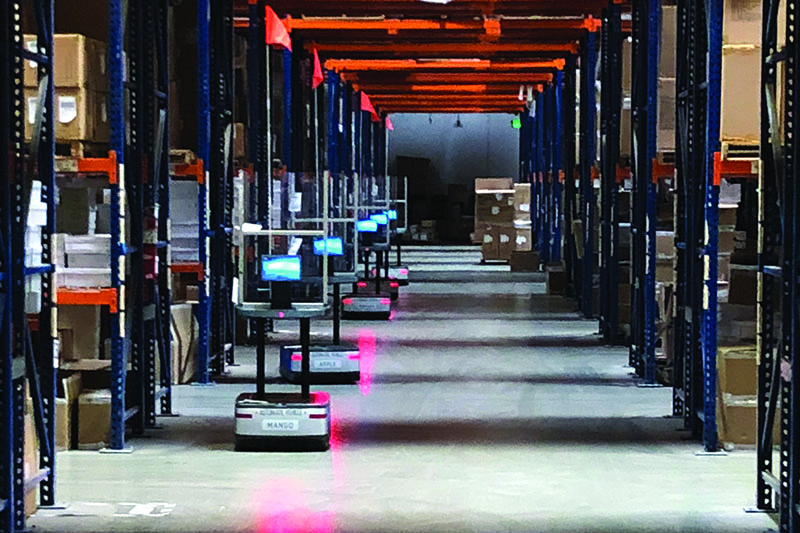
Just a few years ago, autonomous mobile robots (AMRs) were the new kid on the technology block. Only a few vendors were in this space, targeting large distribution centers focused on e-commerce, and one of these vendors (Kiva ) got bought up by the biggest e-commerce player of them all—Amazon. Today, dozens of vendors offer AMR solutions, and others offer piece-picking robotic arms. There are different AMR approaches, too. Some solutions follow a “goods-to-person” principle in which robots bring mobile shelf units filled with items to a workstations, while other AMRs meet up with human pickers in the aisles to…
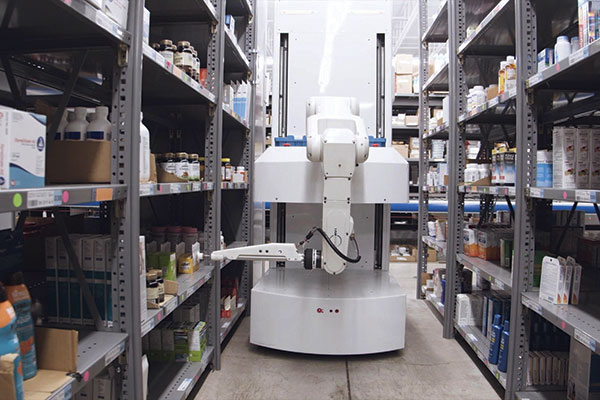
Robotics for distribution centers (DCs), such as autonomous mobile robots (AMRs) and collaborative picking arms, are growing at a rapid rate, with well over a dozen robotics vendors aiming at the needs of DC operators. At the same time, U.S. unemployment was running at 4% or under for the first few months of 2019, dipping to 3.6% in April. The two trends are interwoven, with labor scarcity seen as a primary driver for this market. But let’s not get carried away with misconceptions. “Lights-out” DCs, where human workers are eliminated, is not where the trend is headed say most vendors.…

In a press conference on Tuesday, MHS (Booth N6539) detailed how key acquisitions of multiple controls, software and equipment providers—including Atronix, VanRiet and OCM—expand the company’s offerings in products, capacity and R&D innovations. “This growth enables us to offer customers complete, end-to-end capabilities as a single-source system supplier,” said Rush Fullerton, VP. “Through our extensive presence across North America and Europe, we deliver sortation, conveyor, storage and retrieval, order fulfillment, software, maintenance and other solutions worldwide.” Notably, MHS recently released its latest robotic technology: a singulation system to automate sorter induction. “It combines advanced computer vision, controls, gripping technology and…



